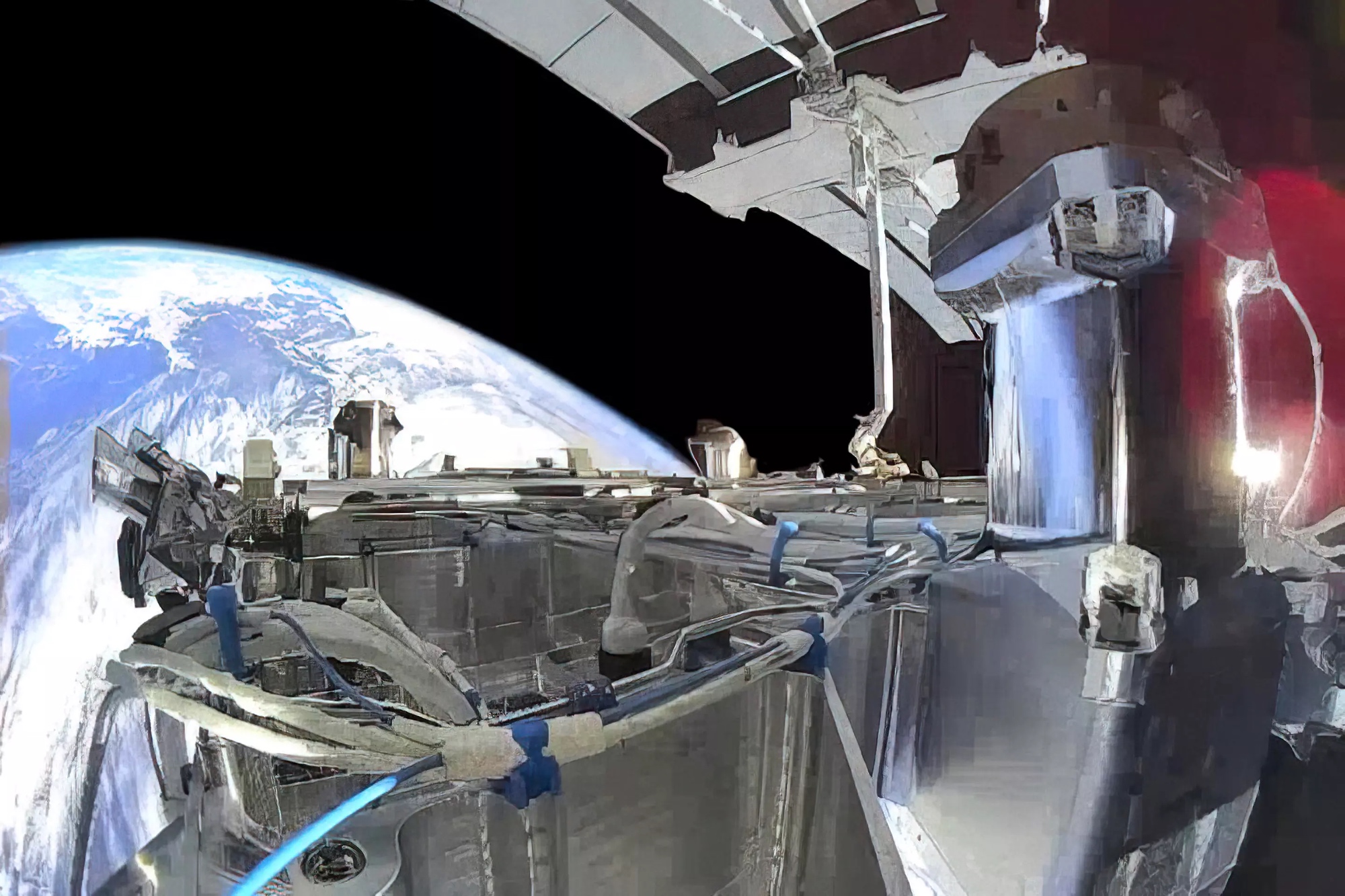Earth Observation Companies Keenly Watching SpaceX’s Starshield Development
Paris — The satellite communications market has seen significant disruption with the advent of SpaceX’s Starlink system. Now, companies within the Earth observation sector are closely monitoring the evolution of a similar system from SpaceX, known as Starshield, which may bring about further changes in the industry.
On September 19, during a panel at World Space Business Week in Paris, executives from several Earth observation firms shared their thoughts on SpaceX’s Starshield system. The sentiment was mixed, with some expressing competitive concerns while others viewed it as an opportunity for partnerships.
SpaceX introduced the Starshield program in late 2022, describing it as a variant of its Starlink satellites designed specifically for national security applications. According to the company, Starshield includes capabilities for Earth observation, communications, and hosted payloads.
“Starshield launches satellites equipped with sensing payloads and delivers processed data directly to the user,” states the company’s website. Beyond this, SpaceX has released limited information regarding Starshield’s specific capabilities.
Despite the scarcity of details, companies in the satellite Earth observation field are paying close attention. Eric Even, head of Space Digital at Airbus Defence and Space, acknowledged the seriousness of Starshield, citing the impact of Starlink as evidence of SpaceX’s disruptive potential.
“We take it very seriously,” Even said. “We didn’t need proof that it is very serious. We saw that with Starlink.”
The focus on national security applications for Starshield is particularly noteworthy given that, according to Novaspace data presented at the conference, two-thirds of the Earth observation industry’s $6.6 billion revenue in 2023 came from defense customers.
“The geospatial industry has always been very competitive,” Even added, noting that Starshield is just the latest competitor. “We continue to work on all elements of the value chain to ensure the service keeps improving for the final customers, whoever they are.”
Paolo Minciacchi, Senior Vice President of Telespazio, expressed deeper concerns. “The real problem is that we are facing a situation where we have an entrepreneur with more resources than a state, capable of making enormous investments, and supported by the U.S. government,” he said. “No single company can manage a competitive situation like that.”
Minciacchi emphasized the need for other countries, particularly in Europe, to maintain their sovereign systems. “We strongly need support from our countries, including financial backing,” he said. “Without that, it’s impossible to compete with operators that can invest billions of euros quickly with the support of the U.S. government.”
Some industry leaders see potential for collaboration with Starshield. Minda Suchan, Vice President of Geointelligence at MDA Space, pointed out that bringing more players into the market aids its growth. “As more people join the Earth observation community, there are always more opportunities for partnerships and further conversations,” she remarked. “No one has the single solution to all missions. Collaboration is essential.”
Andy Stephenson, Senior Vice President of Global Sales at BlackSky, echoed this sentiment. “It creates an opportunity for us to partner,” he said, explaining that his company integrates data from various partners alongside its own imagery to provide insights for customers. “The arrival of more partners over time will help us.”
Barak Solomin, Chief Marketing Officer at ImageSat International, argued that Starshield could eliminate complacency within the industry. “We have to wake up every day, look in the mirror, and ask what makes us special,” he said. “If the answer isn’t convincing, you probably need to disrupt.”
Solomin suggested that embracing artificial intelligence technologies could lead the way for disruption. “We can lead a disruption rather than try to block it,” he stated.
Anders Linder, General Manager for International Government at Maxar Intelligence, noted earlier in the panel that the Earth observation market has not yet reached its full potential. Novaspace projects the market to grow to $9.2 billion by 2032, indicating significant opportunities ahead.
“I think the Earth observation market is not reaching its full potential,” Linder said. “Whether it’s Starshield or something else, more competitors will enter the market.”
He agreed that no single company would dominate the Earth observation market due to the diverse needs of customers. “I think it will spur growth. It will be challenging at times,” he said of potential competition from Starshield. “But it will make us better.”
Related
For more Information, Refer to this article.



































